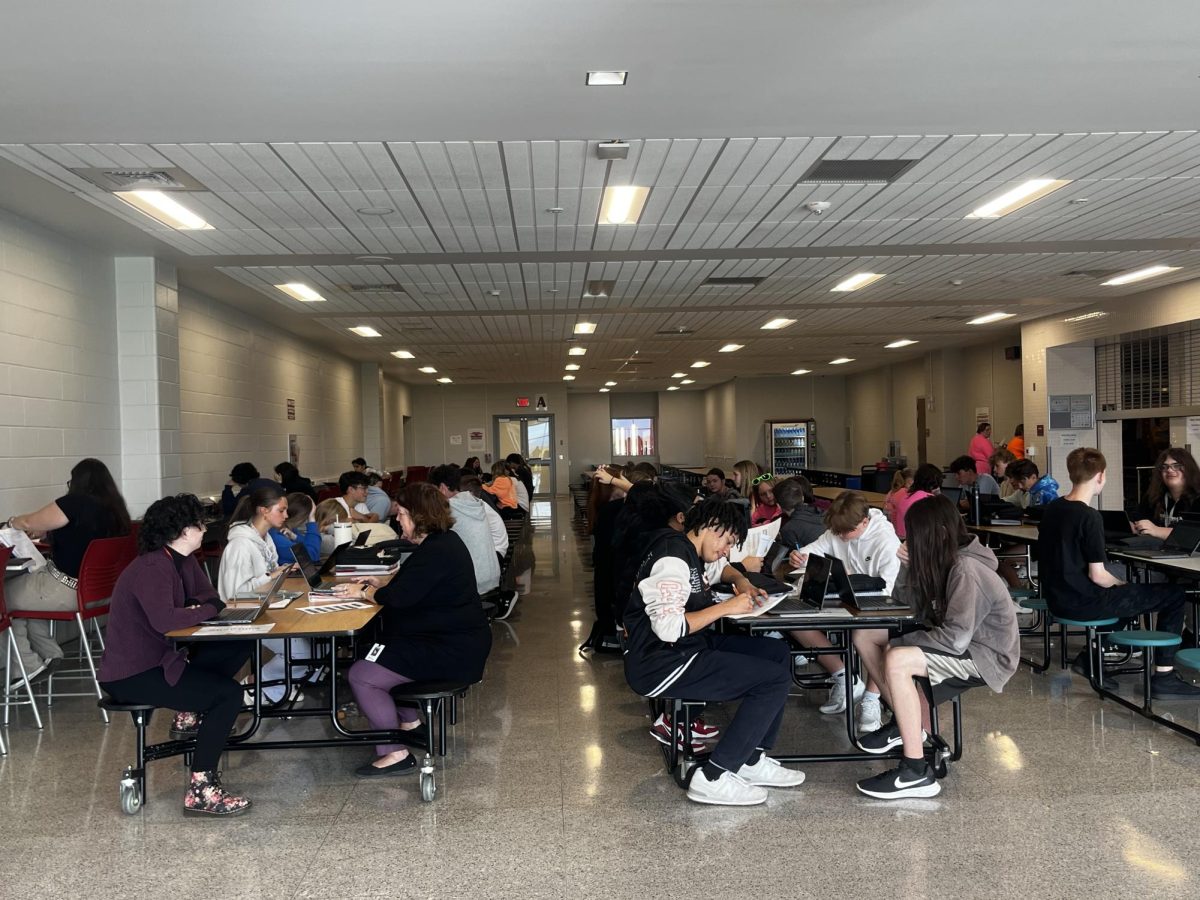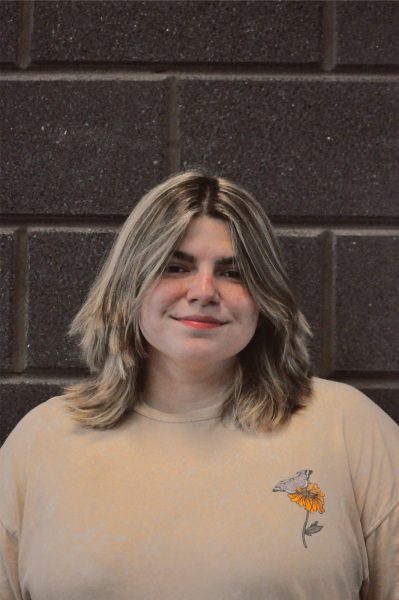Prior to this school year, teachers checked their email each morning to see if they were needed to go to another teacher’s classroom to cover class if a substitute teacher could not be acquired. This process is managed by Andrew Neely’s secretary. Now instead of teachers getting these emails, some teachers must report daily to cover classes for which there are no substitutes.
“I cover classes every single day. I have cafeteria coverage seventh period,” English teacher Audrey Cromell said. “I think two days, in the whole year, there haven’t been classes,”
The cafeteria can get full, filling up with two to six classes at a time.
“On average, we have between two and six classes. Every day, it’s quite the task to get attendance taken for everyone, and to keep all the classes in order to make sure everybody knows what they’re supposed to be doing,” Cromell said. “Delivering instructions to six classes at the same time can be pretty difficult. I’m paired with Amy Martin, and she does a fantastic job of organizing us both, but it can be a little bit hectic.”
There have been many changes to the way coverages have been handled in the past year. Last year, administration sent different teachers to cover classes around the school.
“It definitely makes it easier I think from an administrative standpoint to have cafeteria coverage the way it is this year. Instead of running all the way to the B building, where I don’t know where any of the rooms are, I just go to the same place every day,” Cromell said.
This method has made it much easier for many teachers and administrators. Instead of having different teachers running around everyday, teachers are assigned specific periods for coverage in the cafeteria and the auditorium.
“In an effort to streamline and make it a little bit more predictable, reporting to the same location makes it easier for everyone this year. What we did is we got two teachers that their sole duty during their principals assignment period is to man the cafeteria. That’s for every period except for period five, when we move to the auditorium balcony,” Principal Andrew Neely said.
Although this change has been proven effective, there are still challenges that are faced in coverages. With nearly 2000 students and 160 teachers in the school, it can become difficult to find enough teachers for a certain period.
“It’s really just a numbers game. Do we have enough people, enough teachers that aren’t in a teaching assignment during a certain period to cover classes, and we would run into issues every once in a while, but now it’s a little bit more controlled,” Neely said.










